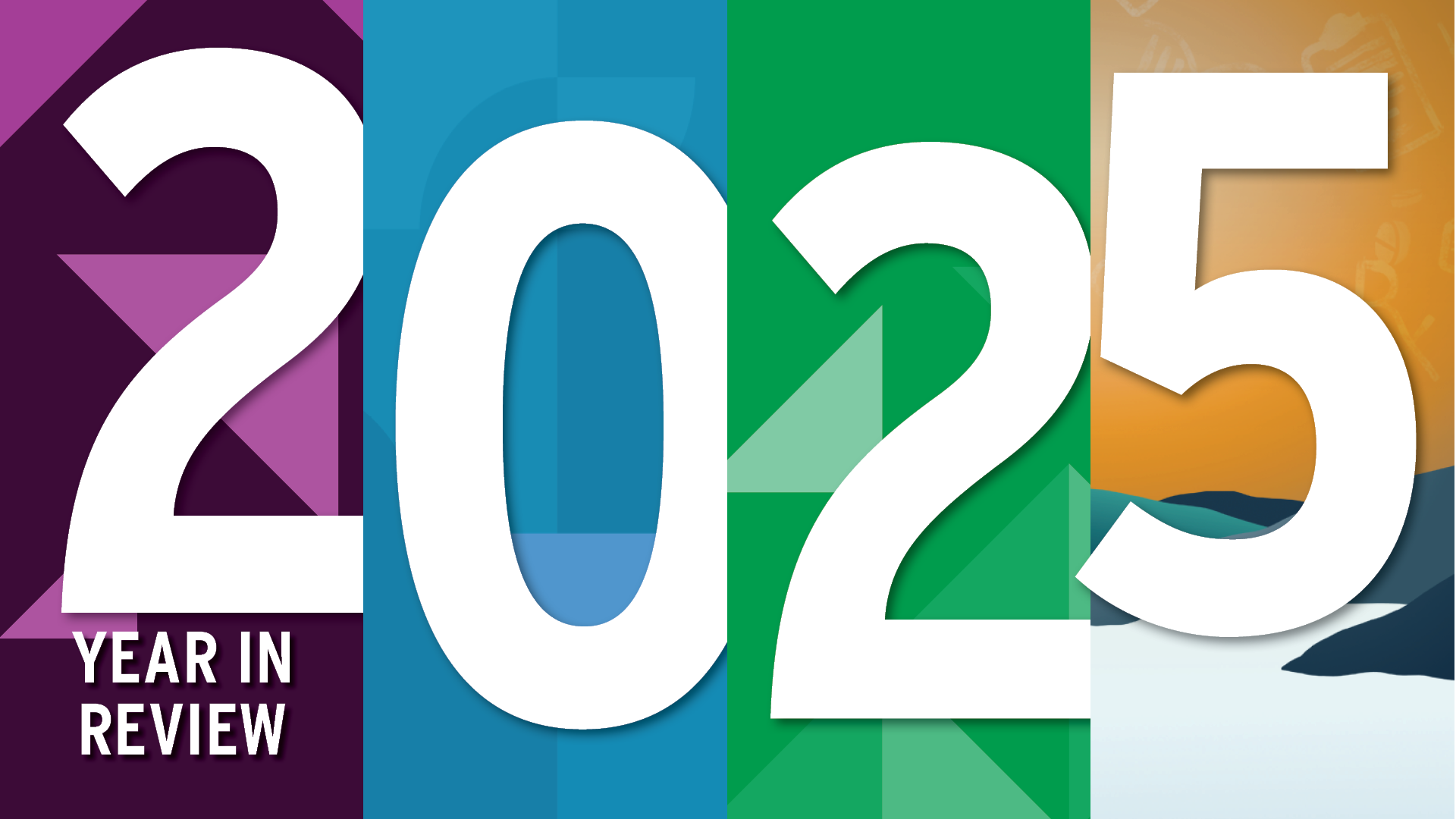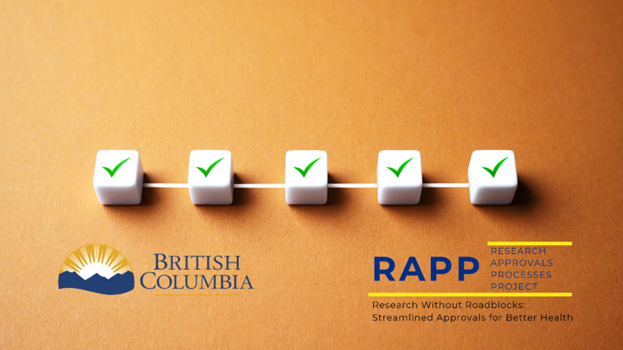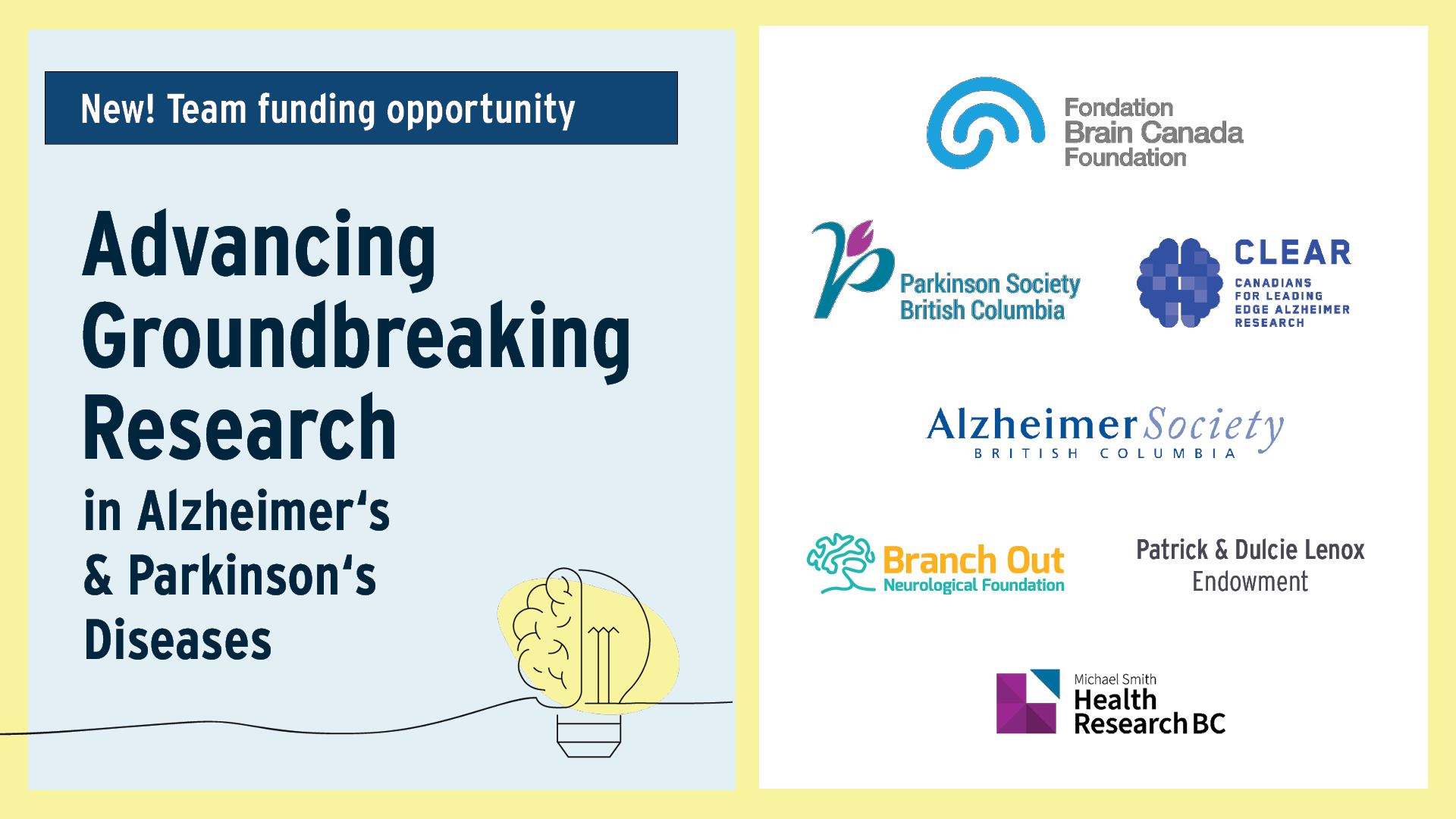How do we do diverse patient engagement — better?
16 September 2021

This post is a little different from your usual blog. It’s all about how one of our Methods Clusters projects used the Tapestry Tool, so we decided, the best way to introduce people to Tapestry would be — a Tapestry.
You can:
- Go to the “Tapestry version” of this post by clicking the image below (recommended!)
- Or, scroll down to see the content (a series of videos) embedded in this post.
Note, Tapestry is optimized for desktop, so readers using tablets or phones may find it easier to ‘read’ via option #2 (this post).

Or, read as a blog:
What & Why?
How?
Teasers for Modules (Playlist)
What’s next?
You may participate in this study if you are a health researcher currently living in British Columbia.
The Methods Clusters project studied the way that patient-oriented research is done, and how it could be better. In a series of blog posts, team members wrote about their work, what they learned and the best ways to engage patients in health research design. The BC SUPPORT Unit provided funding for the project.
This blog post was written by Dr. Erin Michalak.





